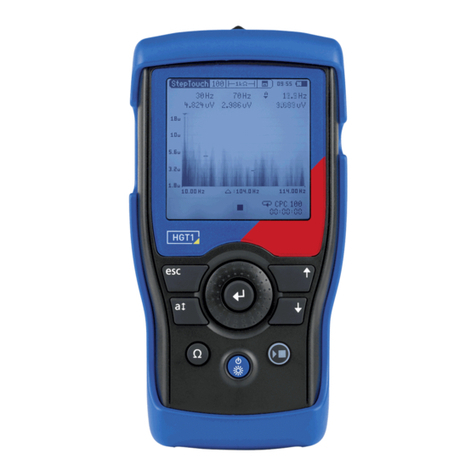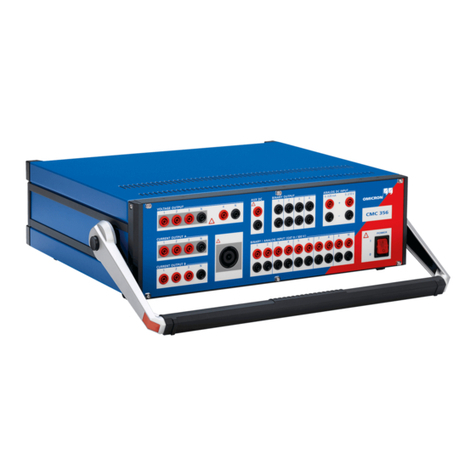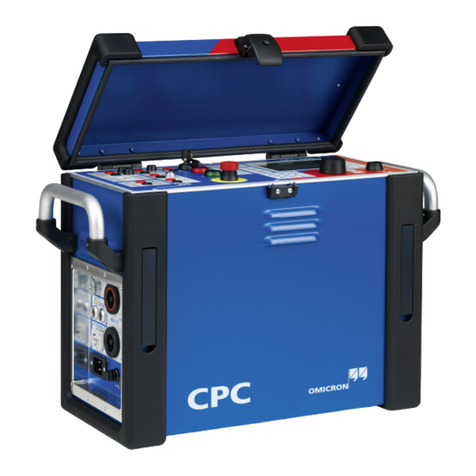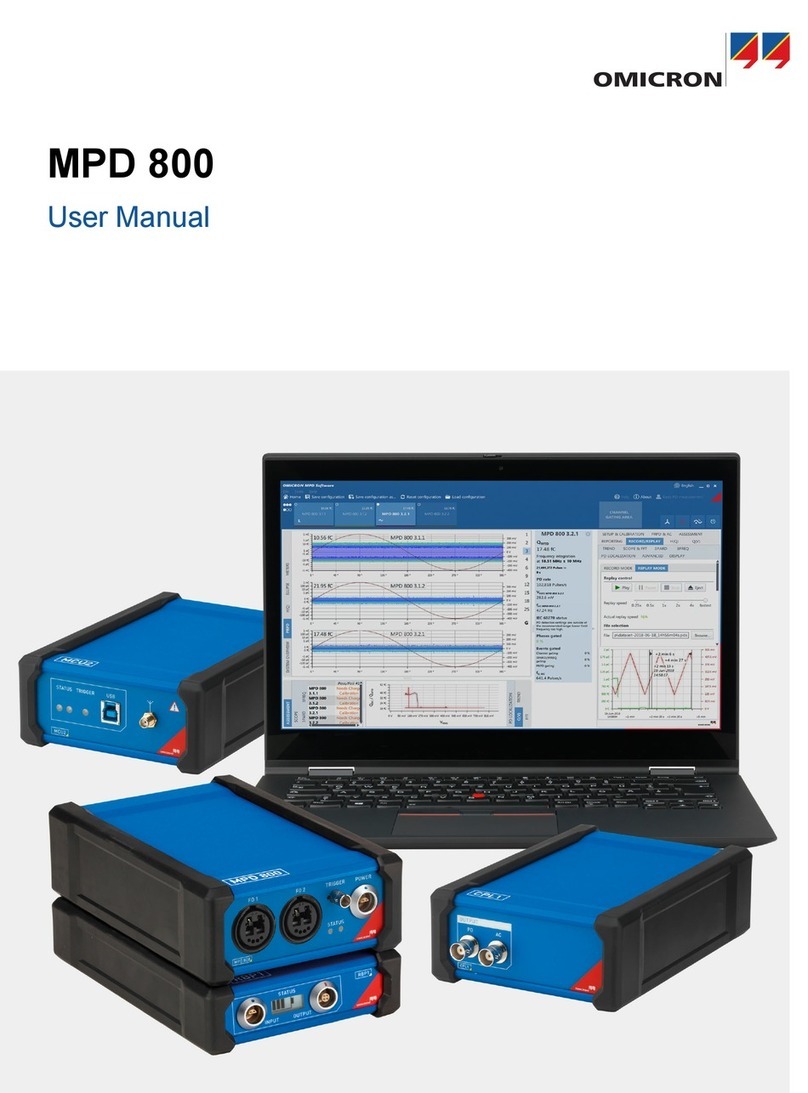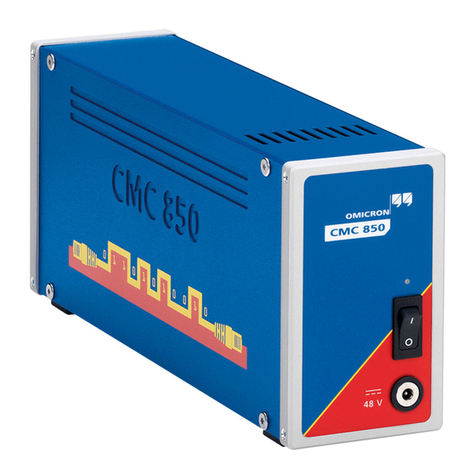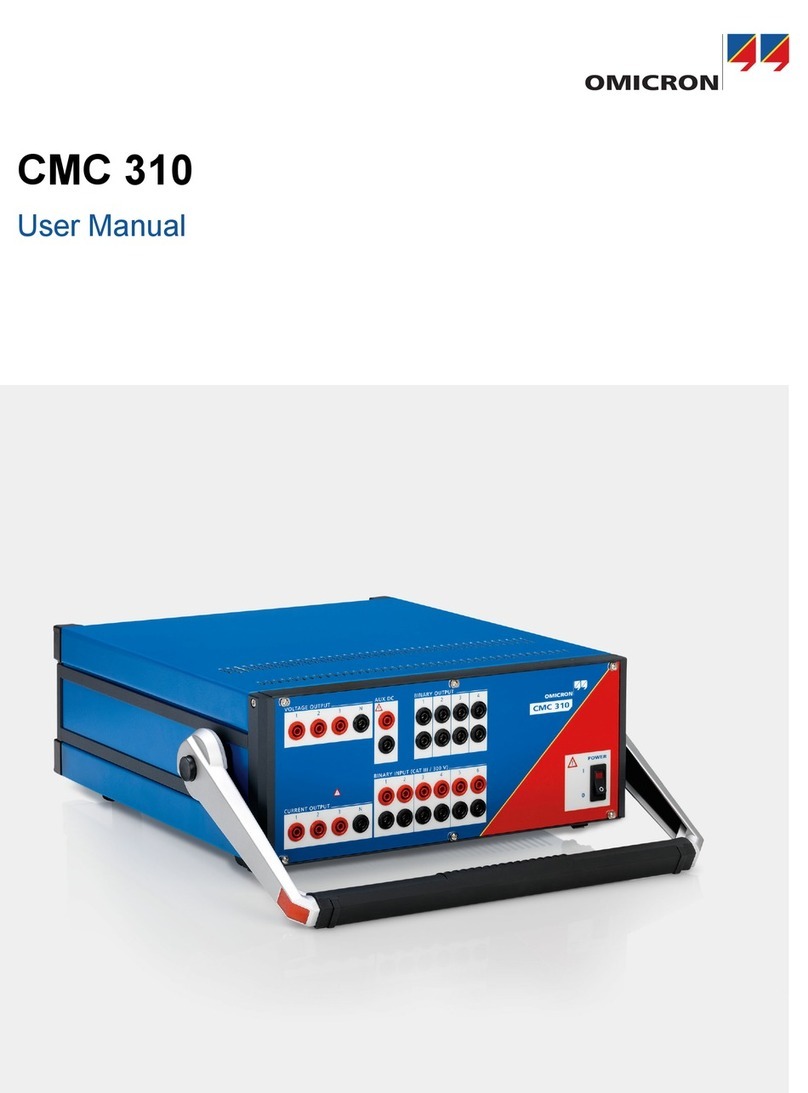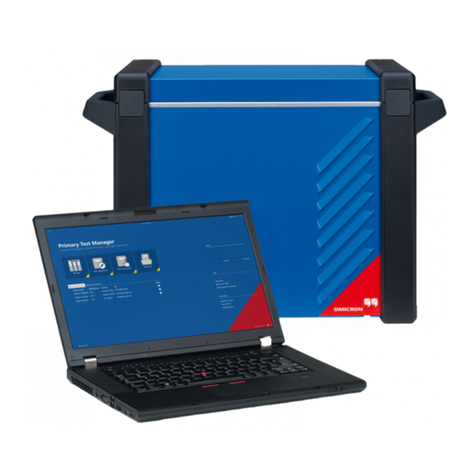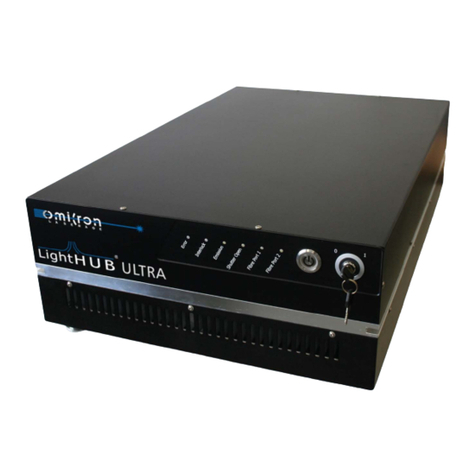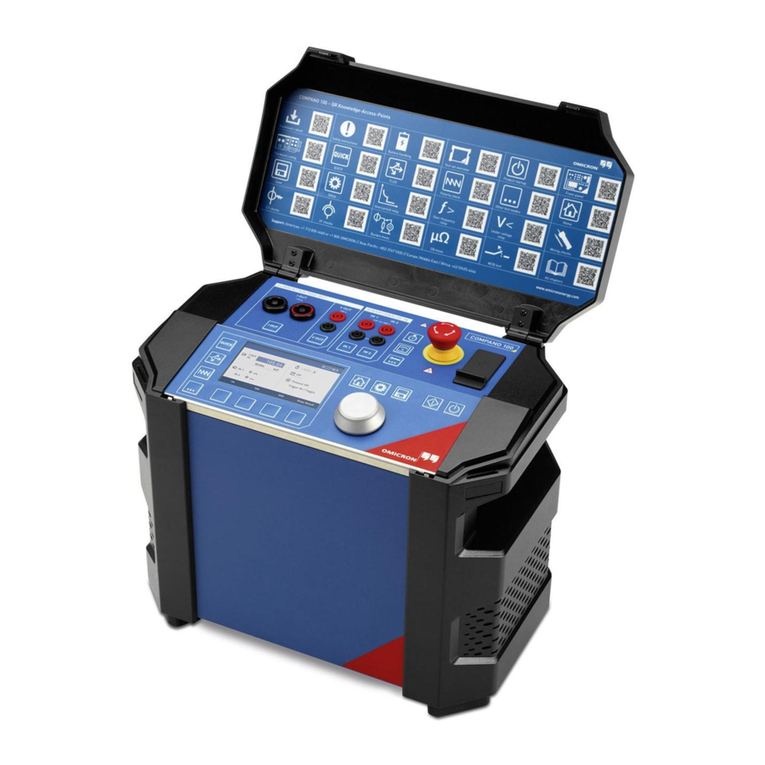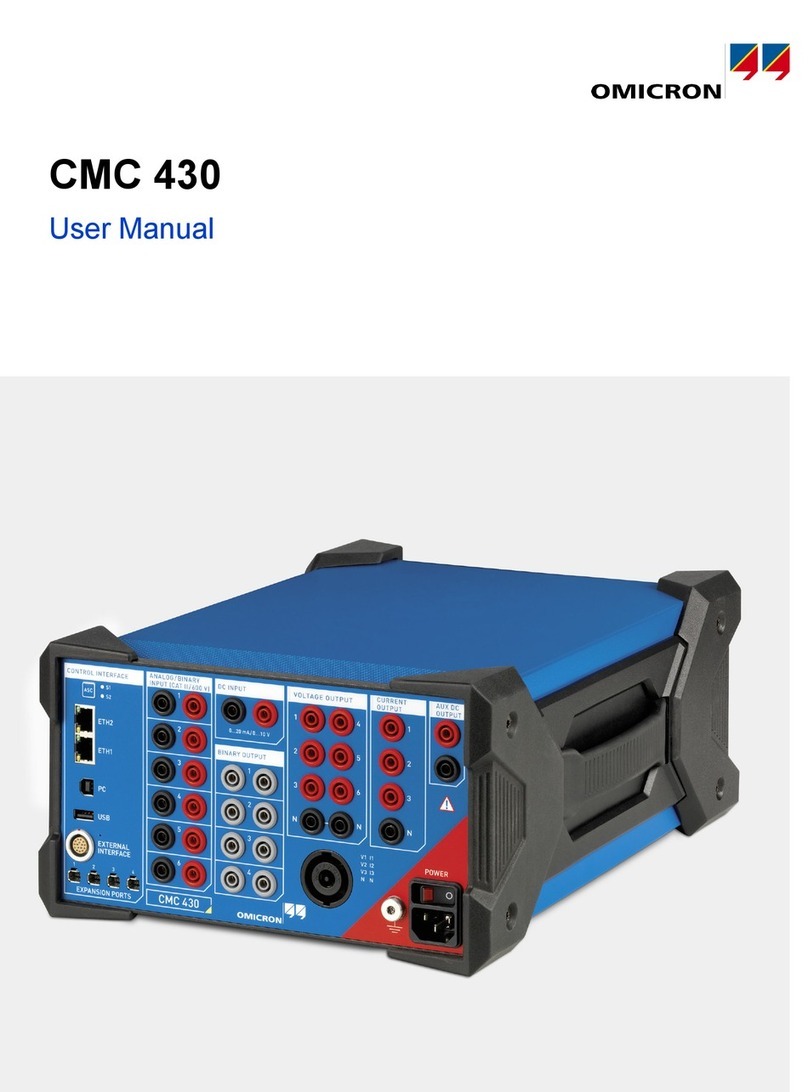
Contents
3
Contents
1 Using This Manual . . . . . . . . . . . . . . . . . . . . . . . . . . . . . . . . . . . . . . . . . . . . . 5
1.1 Related Documents. . . . . . . . . . . . . . . . . . . . . . . . . . . . . . . . . . . . . . . . . .5
1.2 Designated Use . . . . . . . . . . . . . . . . . . . . . . . . . . . . . . . . . . . . . . . . . . . . .5
2 Safety Instructions. . . . . . . . . . . . . . . . . . . . . . . . . . . . . . . . . . . . . . . . . . . . . 7
2.1 General . . . . . . . . . . . . . . . . . . . . . . . . . . . . . . . . . . . . . . . . . . . . . . . . . . .7
2.2 Handling the High-Voltage Cables and the CP CR500 . . . . . . . . . . . . . . .8
2.3 Operating the CP CR500. . . . . . . . . . . . . . . . . . . . . . . . . . . . . . . . . . . . . .9
3 Description . . . . . . . . . . . . . . . . . . . . . . . . . . . . . . . . . . . . . . . . . . . . . . . . . . 11
3.1 Inductors inside the CP CR500 . . . . . . . . . . . . . . . . . . . . . . . . . . . . . . . .11
3.2 High-Voltage Sockets . . . . . . . . . . . . . . . . . . . . . . . . . . . . . . . . . . . . . . .11
3.3 Low-Voltage Connector (LV) . . . . . . . . . . . . . . . . . . . . . . . . . . . . . . . . . .12
3.4 Safety Connection . . . . . . . . . . . . . . . . . . . . . . . . . . . . . . . . . . . . . . . . . .12
3.5 Equipotential Ground. . . . . . . . . . . . . . . . . . . . . . . . . . . . . . . . . . . . . . . .12
4 Setting Up the Test . . . . . . . . . . . . . . . . . . . . . . . . . . . . . . . . . . . . . . . . . . . 13
4.1 First Step: Grounding . . . . . . . . . . . . . . . . . . . . . . . . . . . . . . . . . . . . . . .13
4.2 Connecting CPC 100 to CP TD1 . . . . . . . . . . . . . . . . . . . . . . . . . . . . . . .14
4.3 Connecting the CP CR500 to a CPC 100 (Safety Circuit). . . . . . . . . . . .14
4.4 Connecting the CP CR500 to the Test Object. . . . . . . . . . . . . . . . . . . . .15
4.5 Connecting Both Inductors of a CP CR500 . . . . . . . . . . . . . . . . . . . . . . .16
4.6 Connecting Two CP CR500 Units in Parallel . . . . . . . . . . . . . . . . . . . . .16
5 Testing . . . . . . . . . . . . . . . . . . . . . . . . . . . . . . . . . . . . . . . . . . . . . . . . . . . . . 19
5.1 Find Resonance Frequency . . . . . . . . . . . . . . . . . . . . . . . . . . . . . . . . . .19
5.2 Carry Out the Test. . . . . . . . . . . . . . . . . . . . . . . . . . . . . . . . . . . . . . . . . .20
5.2.1 Grounded Specimen Test. . . . . . . . . . . . . . . . . . . . . . . . . . . . . .20
